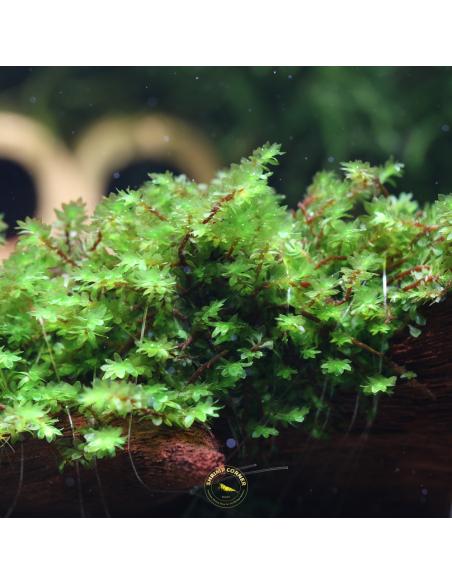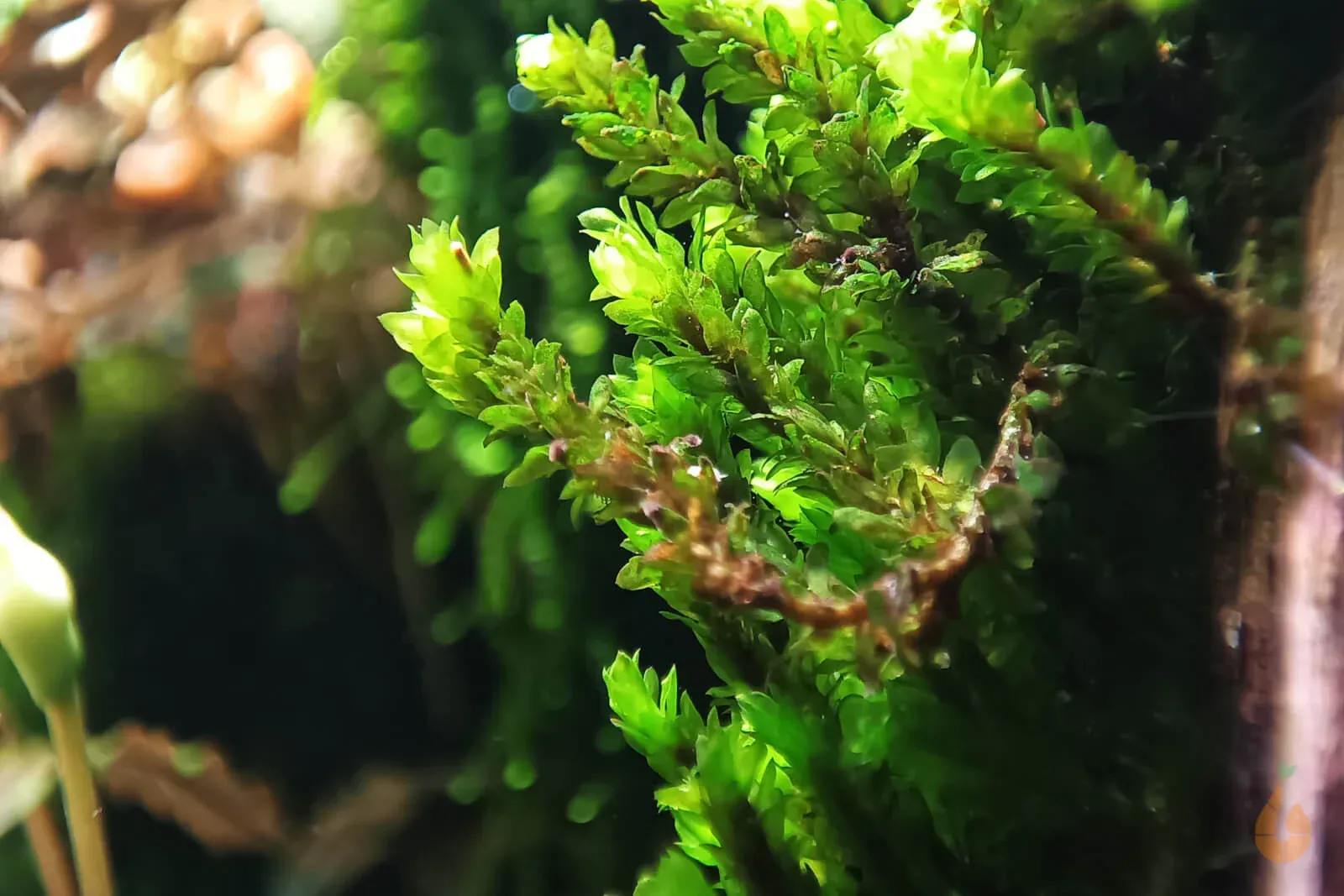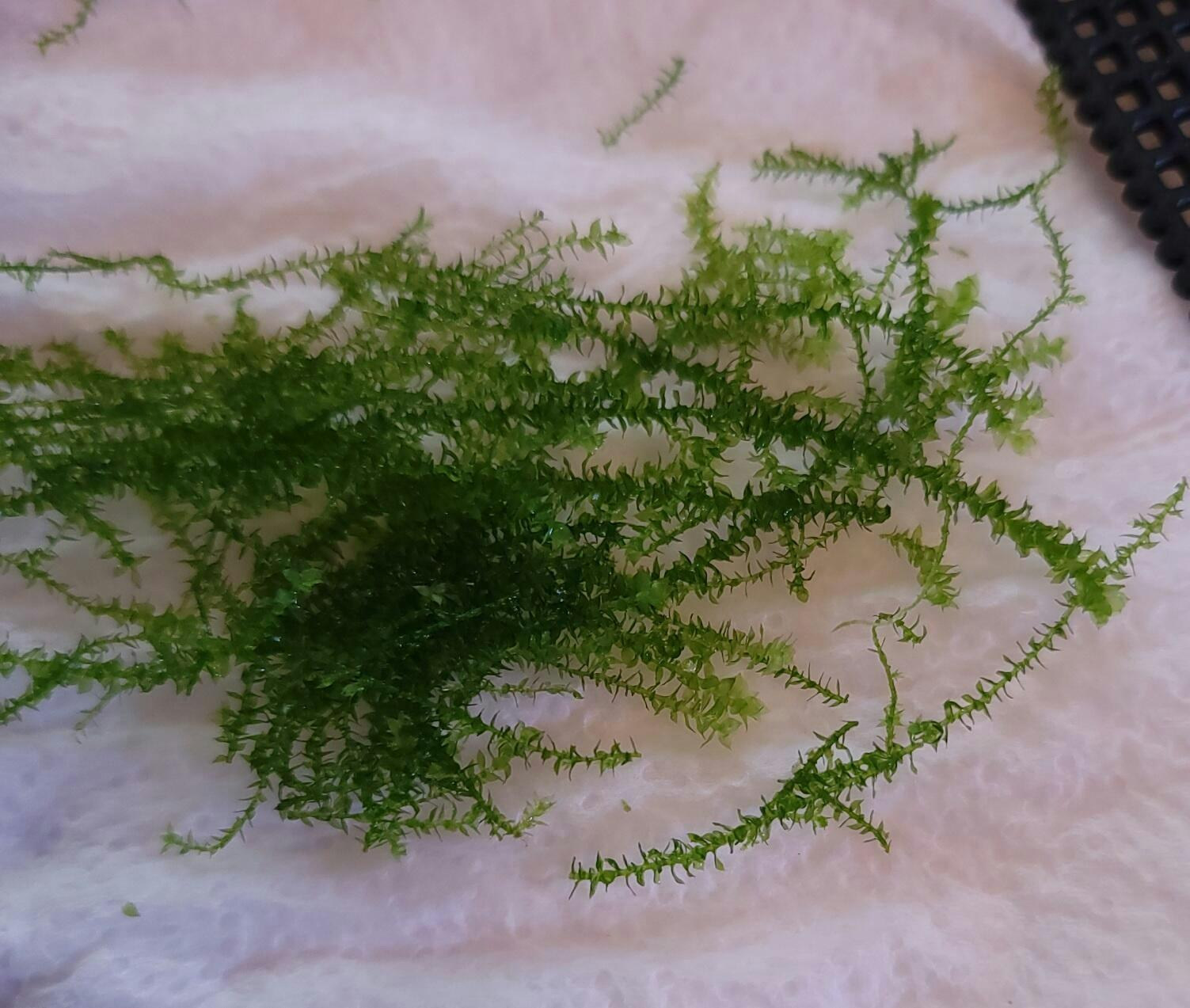
hookeriaceae-sp-distichophyllum-on-terracota-hiding-cave.jpg from: https://www.shrimpcorner.co.uk/home/hookeriaceae-sp-distichophyllum-on-terracota-hiding-cave.html

RareMoos-2_1024x1024@2x.jpg from: https://www.aqua-birne.de/products/rare-moos-distichophyllum-sp-rare-moss-raritat
Distichophyllum fernandezianum Broth.: A Fascinating Moss of the Daltoniaceae Family
Introduction
The world of mosses is full of fascinating species, each with their own unique characteristics and ecological roles. One particularly interesting moss is Distichophyllum fernandezianum Broth., also known simply as Distichophyllum. This small but mighty moss belongs to the Daltoniaceae family and has captivated botanists and moss enthusiasts alike. In this blog post, we’ll dive into the details of this remarkable species.
Background
Distichophyllum fernandezianum is a species of moss first described by the Swedish botanist

1665246691__20221005_162825__original.jpg from: https://luckyaquatics.com/products/distichophyllum-maibarae
Viktor Ferdinand Brotherus in 1924. It is classified under the Bryophyta division and Bryopsida class. The Daltoniaceae family to which it belongs contains around 175 species found in tropical and subtropical regions worldwide.
Morphology and Identification
D. fernandezianum forms small, dense cushions or mats. Its leaves are arranged in two rows (distichous), hence the genus name “Distichophyllum” which means “two-ranked leaf”. The leaves are ovate to oblong-lanceolate in shape, with a rounded to acute apex. They have a distinct border of elongated cells and a short, double costa (midrib).
The leaf cells are rhomboidal to hexagonal and strongly collenchymatous (with unevenly thickened walls). Asexual reproductive structures called gemmae are sometimes produced on the leaf tips. The sporophytes have short setae (stalks) and erect, cylindrical capsules.
Global Distribution and Habitat
Distichophyllum fernandezianum is native to the Juan Fernández Islands off the coast of Chile, which is reflected in its species epithet “fernandezianum”. It grows as an epiphyte on tree trunks and branches in humid forests. The islands’ isolation has led to a high degree of endemism, with many species found nowhere else on Earth, including this unique moss.
Ecological Roles and Adaptations
Like other mosses, D. fernandezianum plays important ecological roles:
- It helps retain moisture and stabilize the microclimate in its forest habitat
- It provides shelter and microhabitats for various invertebrates
- It contributes to nutrient cycling by breaking down organic matter
The collenchymatous leaf cells are an adaptation that allows the moss to withstand periodic drying in its environment. The leaf border and costa also help maintain the structural integrity of the leaves.
Conclusion
Distichophyllum fernandezianum Broth. may be a small moss, but it is a prime example of the incredible diversity and adaptations found in the world of bryophytes. Its unique morphology and restricted distribution make it a fascinating subject of study. The next time you see a patch of moss, take a closer look – you might just be looking at a miniature world waiting to be explored! What other amazing moss species have you encountered?